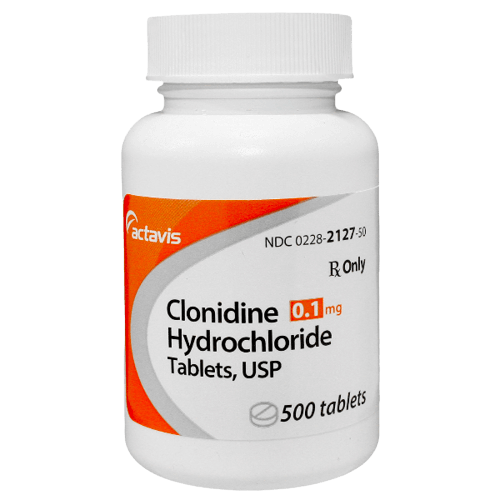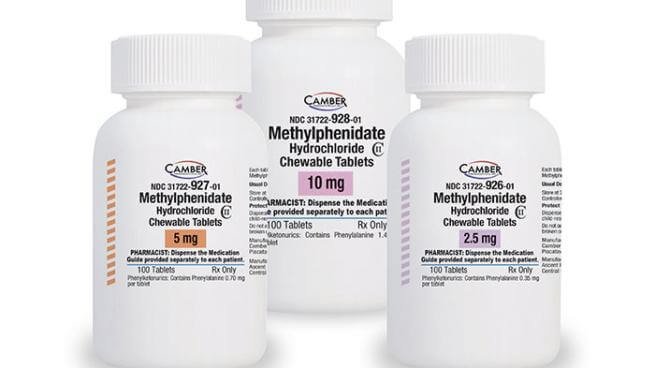Narcolepsy without cataplexy and narcolepsy with cataplexy are two different classifications in international diagnosis.
While there is little known about the cause of narcolepsy, over the past few decades scientists have made huge leaps in the understanding of cataplexy.
Evidence of a Deficiency in Hypocretin-1 in patients with cataplexy has given Narcolepsy with cataplexy its very own biomarker. During clinical testing of the cerebrospinal fluid (CSF), nearly all narcolepsy patients with cataplexy had a severe deficiency of the protein hypocretin-1which is normally located in the hypothalamus. The reason for this deficiency is unknown, but there is speculation that it may be an autoimmune dysfunction. Cataplexy is also sometimes referred to as a hypocretin deficiency syndrome.
Narcolepsy without Cataplexy
The diagnosis of narcolepsy sleep disorder can be a difficult one to confirm. There are no physical tests. No genetic testing, no blood tests.
Doctors will take a complete history and use clinical testing like the multiple sleep latency test or MSLT, and perform a nocturnal Polysomnogram to determine the existence of narcolepsy or its symptoms.
During the nocturnal Polysomnogram, the patient is placed in a comfortable room and monitored all night to determine the cause of symptoms like insomnia and EDS. An electroencephalogram or EEG is used as well as video monitoring to record body functions and sleep patterns and activity. Some pertinent data that is recorded would be breathing, including the existence of apnea. Pulse and blood pressure, Snoring, sleep talking and restlessness. The onset and duration of REM sleep is carefully recorded.
The MSLT is done the day after the nocturnal Polysomnogram. The patient will stay at the clinic the rest of the day and have 5 naps during their stay. The naps are done in the same relaxing setting as the nocturnal Polysomnogram. An EEG is used again, as well as video surveillance to monitor and record the time it takes the subject to fall asleep, or if the onset of REM sleep is accomplished. These factors are standard to diagnose narcolepsy.
Narcolepsy alone can be difficult to live with. Falling asleep at inappropriate times wreaks havoc on patients’ lives. School, work and relationships become impossible to maintain and patients sometimes then succumb to depression and reduced sense of self-worth.
With carefully planned lifestyle changes such as tight bedtime routine, strict diet and scheduled daytime naps, patients with mild narcolepsy symptoms can sometimes beat the disease. However, when symptoms are more severe, the lifestyle changes are still utilized, but drug therapy is added to round out the treatment.
Drug treatment for narcolepsy includes stimulants such as Provigil or Nuvigil are used to combat Excessive Daytime Sleepiness or EDS. These drugs help the narcoleptic stay awake during the day. Many people with narcolepsy need stimulants to function at an acceptable level in their daily lives and to live successful and prosperous lives.
Narcolepsy Therapies
|
Behavioral
|
Pharmaceutical
for EDS
|
Pharmaceutical
for Cataplexy
|
| >Carefully controlled night time sleep |
Methylphenidate |
sodium oxybate, GHB |
| Scheduled daytime naps |
Amphetamine |
Protriptyline |
| smaller, lighter, more frequent meals |
Modafinil |
Imipramine |
| Involvement of friends, family and associates |
Selegiline (also anti-cataplectic) |
Cloniipramine |
Narcolepsy with Cataplexy
Patients who have the condition: narcolepsy with cataplexy, also suffer the same EDS symptoms as narcolepsy without cataplexy. However, they have the added stress of the symptom of cataplexy.
Cataplexy is a bizarre and rare phenomenon that affects over two million patients with narcolepsy. When a patient experiences cataplexy, they lose muscle tone and function, suddenly and without warning.
These episodes can be so slight they go unnoticed. Perhaps the patient will feel clumsy for a moment. Or an eyelid may droop or the cheek may go slack. It may last for as little as a few seconds. Hardly enough time to register the change.
A cataplexy episode can also be more severe. In the event of a severe episode, a person can lose all muscle control in his or her body and a total collapse is experienced.
Cataplexy can cause psychological trauma, particularly after the first episode or when it strikes in children because the collapse is experienced while completely awake and alert. The inability to move or respond to their environment is particularly terrifying for many patients.
What Causes Narcolepsy?
No one knows what causes narcolepsy without cataplexy. There is some speculation that it is genetic, but there is insufficient evidence as it rarely runs in families. Recently, some evidence has come to light that it may be an autoimmune function, like cataplexy. There must be much more research done to confirm this and even longer before a suitable diagnosis and treatment can be formulated on the autoimmune basis.
Sodium Oxybate- Xyrem
Xyrem is the brand name for the drug sodium oxybate. The chemical is gammahydroxybutyric acid or GHB. GHB is the most effective treatment of cataplexy. It has the disorder covered on both ends of the spectrum. GHB is paradoxical in its behavior in the body. It is both an extremely effective sedative and a potent stimulant. In high doses, it interacts with the GAGA system; it has a sedative effect and inhibits the release of dopamine in the brain. At a lower dose, it works as a stimulant. It stimulates the brain to produce dopamine and glutamate.
GHB has been successfully used to treat several disorders, such as depression and insomnia for years in other countries. In the US, however, it is only approved by the FDA for the treatment of Cataplexy. It does not affect the deficiency of hypocretin, but the symptoms of cataplexy are greatly improved.
GHB is associated with tremendous amounts of negativity. In high doses, it is a highly effective sedative. It has been called the “date rape drug” for its most infamous criminal use. It is sometimes abused as a street drug, as in moderate amounts, it causes euphoria. On the street, it’s referred to by several names, including as “liquid ecstasy.” It has been abused by body builders as well. In small amounts it stimulates the production of the human growth hormone. It is addictive and abrupt cessation can cause terrible withdrawal symptoms.
Antidepressants for Cataplexy
Even though the FDA has not approved them for this use, several antidepressants are being used to manage the symptoms of cataplexy. There needs to be a lot more research done into the effectiveness of antidepressants for cataplexy.
Tricyclic antidepressants have shown a lot of promise in the treatment of narcolepsy and its symptoms. Unfortunately, there are a whole host of frightening side effects that are common to tricyclic antidepressants. Although they were a popular treatment in the past, they are not used very often anymore.
Although less proven, the selective serotonin reuptake inhibitors, or SSRIs, like Prozac, Paxil and Zoloft are commonly used to treat these symptoms. Their effectiveness is the subject for debate among doctors and scientists until proven one way or another.





